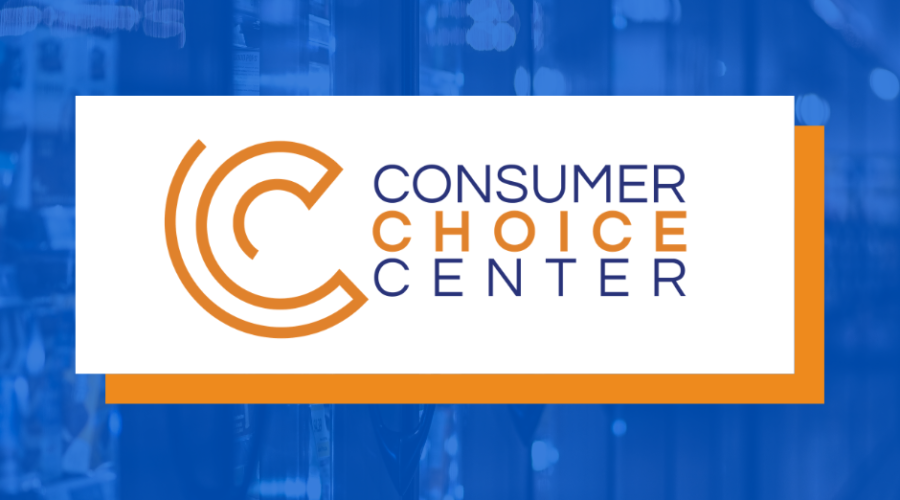Vaping is a pathway away from smoking, study finds
Over the years, e-cigarettes have repeatedly been accused of being a gateway to smoking. The statistics have consistently suggested otherwise, but a new report from the Consumer Choice Centre and World Vapers’ Alliance hopes to finally put this myth to bed.
The report
The report, entitled ‘Vaping and the Gateway Myth’ has investigated whether there is any evidence that vaping is a gateway to smoking. Short answer; there isn’t.
They found that in actual fact, vaping is a gateway out of smoking. E-cigarettes were designed to offer smokers a safer way to consume nicotine, with the target market being adult smokers. They have succeeded in this, with a number of studies finding e-cigarettes to be twice as effective as nicotine replacement therapies such as nicotine patches and gum.
The report looks into the different reasons that have been raised as part of the opinion that vaping is a gateway to smoking, such as their nicotine content, whether they are encouraging young people to smoke, and the controversy around flavoured e-liquids. The report consistently finds these arguments to be unfounded.
But e-cigarettes can contain nicotine – isn’t that dangerous?
Honestly, the effect that vaping nicotine has on the body is actually comparable to that of your morning coffee. It is true that a massive overdose of nicotine would cause it to act as a nerve poison, however this is not something that can be achieved by vaping the levels of nicotine available in e-liquids.
Yes, nicotine is an addictive substance, but research has found that the addiction smokers have is not just to the nicotine, but also to other ingredients in tobacco smoke, and to the habit of smoking, or the ‘smoking ritual’. In the absence of these other ingredients, many vapers actually find their nicotine cravings are lower.
Professor Bernd Mayer, Toxicologist at the University of Graz, and Scientific Advisor to the World Vapers’ Alliance, explains;
“Smokers do not die from their addiction, but from the harmful effects of the ingredients in tobacco smoke. In the cardiovascular system, much like caffeine, nicotine leads to a slight increase in blood pressure and heart rate. These effects are clinically harmless, the risk of serious illnesses (heart attack, stroke) or mortality is not increased by nicotine.”
While the report recognises that people should not be encouraged to start consuming nicotine if they have not previously been a smoker, they express that it is important that public health authorities make smokers aware that vaping offers a far safer alternative to smoking.
Traditional cigarettes create over 7000 chemicals when burned, and 69 of these have been identified as potentially carcinogenic. E-liquids on the other hand, are primarily made up of propylene glycol (PG) and vegetable glycerin (VG), both of which are recognized by the European Food Safety Authority as safe and not harmful, and are common ingredients found in many food products.
Are e-cigarettes turning young people into smokers?
This is another topic that has been hotly debated for some time, due in some part to the high levels of teen vapers seen in the US. However, this is not an issue that is present in the UK and it has been found that e-cigarette use among teenagers is low, and those young people who do regularly use an e-cigarette are either ex or current smokers.
Colin Mendelsohn and Wayne Hall concluded in their recently published review for the Journal of Drug Policy;
“Contrary to the gateway hypothesis, vaping appears to divert a subset of youth at risk of cigarette smoking away from smoking.”
The misconception that e-cigarettes could lead adolescents to smoke seems to stem from the fact that they are a novel technology, therefore teens are going to want to try them as the ‘cool, new thing’. In actual fact, data from Action on Smoking and Health (ASH) shows that UK youth smoking rates are at an all-time low, and while it is true that a number of young people report having tried an e-cigarette before, it is important to make the distinction between this and regular use. As stated in ‘Vaping and the Gateway Myth’;
“Clearly, it makes a difference if someone has one puff from a friend’s e-cigarette at a party or is a daily user.”
The great flavour debate
There are a number of countries that are considering banning flavoured e-liquids in a bid to make vaping less appealing to non-smokers. However, data suggests that only around 2% of regular vapers have never smoked, and that flavoured e-liquids are actually essential in increasing the odds of adult smoking cessation. Another two-thirds of current vapers use a non-tobacco flavoured e-liquid, and removing these options would likely lead many back to smoking, or to purchase from the black market where e-liquids are not regulated.
The Yale School of Public Health concluded in their study into flavour bans that the main reason many vapes prefer a non-tobacco flavour is precisely because these flavours do not remind them of the taste of cigarettes, and that those using flavoured e-liquids are 2.3 times more likely to make a successful stop smoking attempt than these using tobacco flavours.
The report concludes by making recommendations to policymakers about utilising e-cigarettes as an essential tool for harm reduction, including an evaluation of advertising rules and ensuring that vaping products are easily accessible to adult smokers as an alternative nicotine source.
If you or someone you know is considering making the switch from smoking to vaping, head over to our blog to find lots of information on making the switch, or pop in to your local Evapo store and speak to a member of our team.
Sources:
https://consumerchoicecenter.org/wp-content/uploads/2020/10/Vaping_and_the_Gateway_Myth.pdf
Originally published here.












